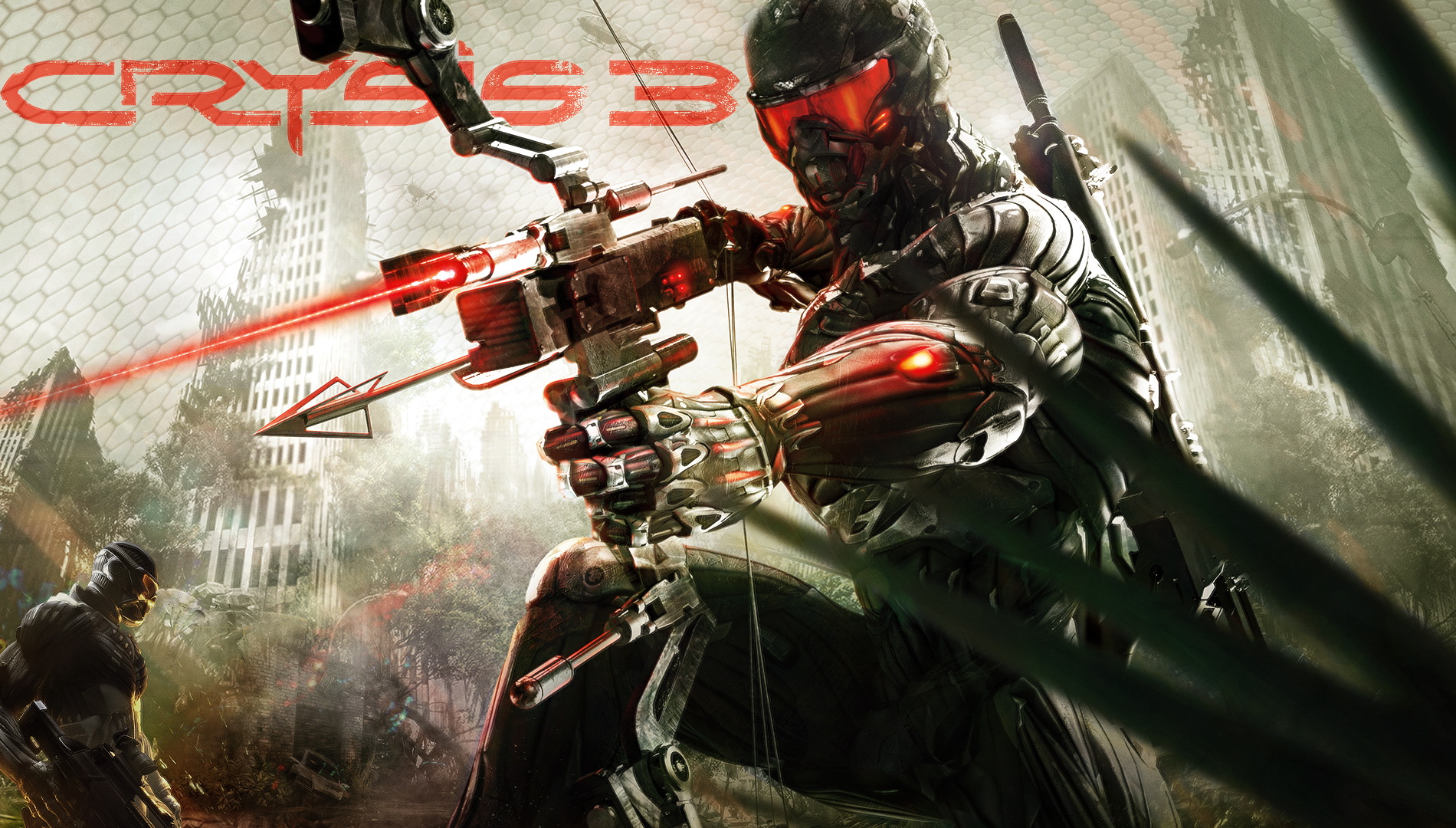
60fps is a tight lock on all new systems, bar minor instabilities on Series S and checkpoint stutter on PlayStation, with Pro and One X locked to 30fps instead.
#3 crysis 3 image 1080p#
PS4 Pro, PS5, Xbox One X and Xbox Series X operate with a 1080p to 2160p dynamic resolution scaler, while Series S lowers the range down to a 900p-1440p window. Consoles cannot tap into the RT features this time around, but all other aspects of the remastering work factor into the equation. When combining the new lighting, the refined materials, the higher resolution textures and the improved colour schemes, Crysis 2 is a game renewed.
#3 crysis 3 image full#
Given the amount of modern materials in Crysis 2, the ray traced reflections work wonders on top of the diffuse lighting delivered via SVOGI - greatly enhancing the visuals across the entire game in a more dramatic fashion than the RT seen in the first Crysis Remastered.Įffects work is improved and the odd-looking 30fps view weapon animations are also running now at full frame-rate. Transparency is not the only place where ray tracing helps, as it applies to all scenes objects, greatly enhancing the appearance of metals, plastics, wood, and really anything as Crysis 2 uses RT for any material with some degree of reflectivity. Hardware RT works beautifully on water, glass and transparencies, where static cubemaps are replaced with real-time, dynamic reflections, even reflecting the player. In terms of GI, SVOGI works miracles when looking at the older, artist-driven, more simplified lighting, with the video going into depth on what a big difference this makes. The DX11 game's combination of cubemaps for diffuse and specular lighting is replaced with SVOGI - a software-based real-time global illumination technology - working in combination with hardware-accelerated ray tracing for reflections. Technology-wise, lighting is radically improved. Here's your PC deep dive into the enhancements made for Crysis 2 and Crysis 3 as they appear in their new remastered forms. This is combined with actual remastering on core artwork, allowing textures to better stand up on today's higher resolution displays. The aesthetic is very different, thanks in no small part to a new colour grade - the 'teal and orange' Transformers-style filter is now a thing of the past.
#3 crysis 3 image upgrade#
If you'll recall, Crysis 2 initially launched as a DirectX9 game, before receiving a substantial DX11 upgrade - and it's that subsequent version running at max settings that is our baseline comparison point for PC when assessing the remaster, and let's just say that the changes are profound. But there is actually more to the games that just RT additions alone, certainly in the case of Crysis 2 Remastered. In this case, I'd highly recommend watching the video embedded below, where Alex Battaglia experiences the maximum joy of having both Crysis and ray tracing once again combined into one glorious whole. We'll talk about the PC versions first, as this is where both Crysis 2 and Crysis 3 have received the most love.

But how have these remasters changed the game? To what extent can vintage 20 games scale up to today's hardware? And do they still have the graphical wow factor that defined them back in the day?


The complete Crysis Remastered Trilogy launched this week! Building on the existing launch of the original Crysis remaster, both sequels are now added to the mix, arriving on PlayStation, Xbox and Switch consoles - and of course, PC.


 0 kommentar(er)
0 kommentar(er)
